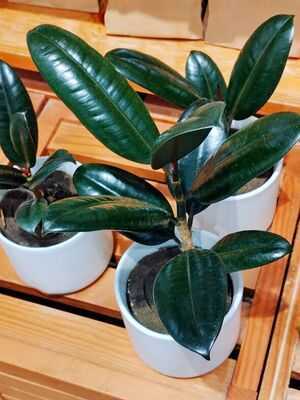
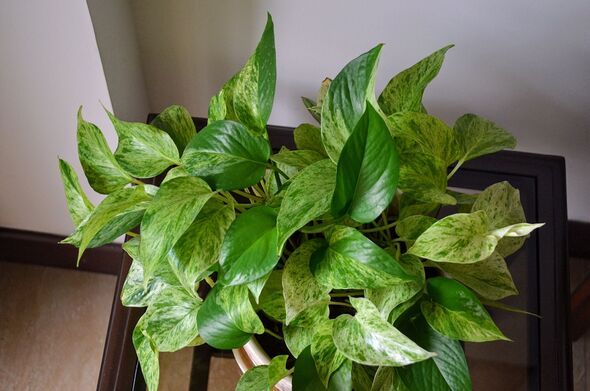
are a great way to bring the outdoors into your home throughout all the seasons. In addition to being aesthetically pleasing, houseplants often come with several benefits for your physical and mental health, from reduced stress to better sleep quality and even improved respiratory health.
Houseplants are natural air purifiers that can help to rid your home of pollutants such as carbon dioxide that build up to unhealthy levels over time. and plants expert Calum Maddock at has shared the top plants for purifying the air in your home. He said: "When trying to improve our physical and mental health, we often consider many options, such as exercise, diet and meditation. The common is often neglected in our thought process aside from in terms of visual appeal, but it can purify the air in your home, leading to a healthier and happier you."
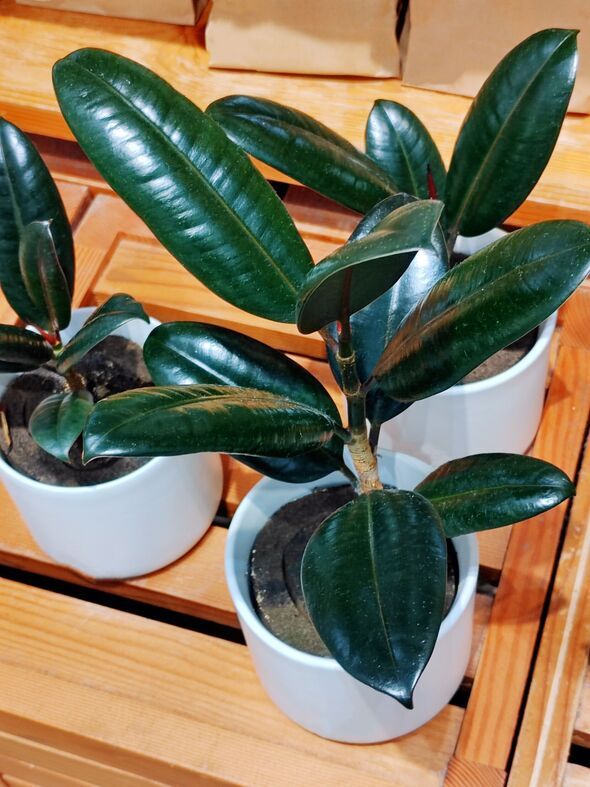 Rubber plant
Rubber plant
Ficus elastica, more commonly known as the rubber plant, is a species of flowering plant native to eastern parts of South and Southeast Asia. These plants are hardy but prefer to be kept in dim light and cooler temperatures, making them ideal as houseplants.
"In addition to serving as a beautiful accent piece within a room, rubber plants can remove airborne toxins and fight tropical diseases and parasites. They are particularly effective at removing formaldehyde from the air, which is found in cleaning supplies and furniture," the expert said.
Care tips:
The English ivy, also referred to as common ivy, is a species of flowering plant native to most of Europe and parts of Western Asia. It is a highly adaptable houseplant that can thrive in a variety of conditions, making it a very popular choice for interior décor.
Calum added: "This easy-to-care-for vine can help reduce mould in the home and offer stunning visual appeal. It is worth noting, however, that ivy can be toxic for cats and dogs, so it may be best suited to a pet-free environment."
Care tips:
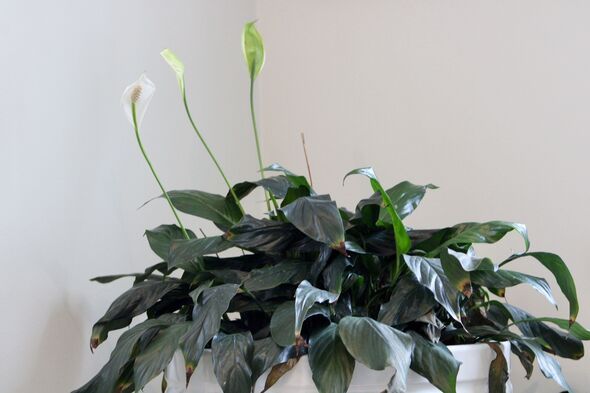 Peace lily
Peace lily
Peace lilies are evergreen perennial plants native to tropical regions of the Americas and Southeast Asia. They make for a beautiful indoor decorative houseplant for both beginners and plant experts.
"Not only are they a stunning accent feature for any home, but studies show that they can filter formaldehyde, ammonia, and other harmful toxins that can cause headaches and respiratory problems from indoor air," he said. "They can also remove airborne mould that aggravates allergies and asthma symptoms."
Care tips:
Chloropythum comosum is more commonly known as the spider plant due to its spider-like look. They are a species of evergreen perennials native to tropical and Southern Africa but have become naturalised in other parts of the world, such as Western Australia and Bangladesh.
Calum said: "This is one of the easiest houseplants to grow and is natural at absorbing carbon monoxide and formaldehyde while decomposing benzene and nicotine. Just one plant in an average-sized living room is enough to be an effective air filter."
Care tips:
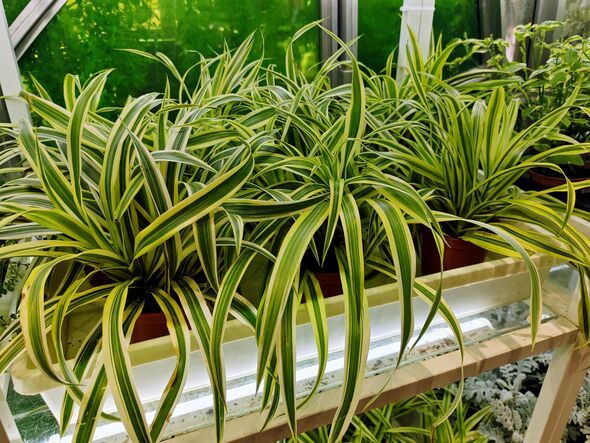 Snake plant
Snake plant
The snake plant is a species of flowering plant native to tropical West Africa. This plant is often kept as a houseplant as it is very low-maintenance and can survive with very little water and sunlight.
"Snake plants can remove a wide range of pollutants from the air within a home, including benzene, formaldehyde, and xylene. Therefore, as well as making a delightful statement floor piece, they are useful in reducing the effects of allergies and respiratory conditions," said Calum.
Care tips:
Pothos is a genus of flowering plants native to China, the Indian Subcontinent, and Australia, amongst other regions.
"This species is arguably the easiest houseplant to care for, and this makes it a popular choice, along with its many varieties and beautiful heart-shaped leaves," said the expert.
"These plants are one of the best for removing all types of indoor toxins, so they provide a range of health benefits as well as aesthetic and practical ones. They tolerate lower light, humidity, and temperature, so they can be incorporated into almost any home environment."
Care tips: